[Ebook Việt Hóa] New Plant Parent - Darryl Cheng
[Ebook Việt Hoá] New Plant Parent (Darryl Cheng) – Phần 01 – 02. A Home for Plants (Ngôi nhà của cây cảnh)
- Nguồn: [Ebook] New Plant Parent: Develop Your Green Thumb and Care for Your House-Plant Family – Darryl Cheng
- Biên tập: Dũng Cá Xinh (Tháng 01/2022)
- Dịch: Team Codai.net
English
A Home for Plants
Take a quick scroll through two of the largest curated house-plant feeds on Instagram, @urbanjungleblog and @houseplantclub. You’ll be struck by the appeal of thriving plants growing in the spaces where people live. They convey vitality and the feeling that a place is healthy. And I think you can immediately sense the difference between the space of an authentic plant parent and the “let’s brighten up this dark corner with a plant” kind of space.
How? Because the way a plant looks is a direct result of the environment that’s been provided for it. That’s why I sometimes cringe when I walk past a planter full of nice-looking plants sitting in a mall, under the escalators. “They are basically sent there to die a slow death,” says my nursery-owner friend. The key to a plant’s sense of belonging in a space is to make sure it’s getting the right kind of light.
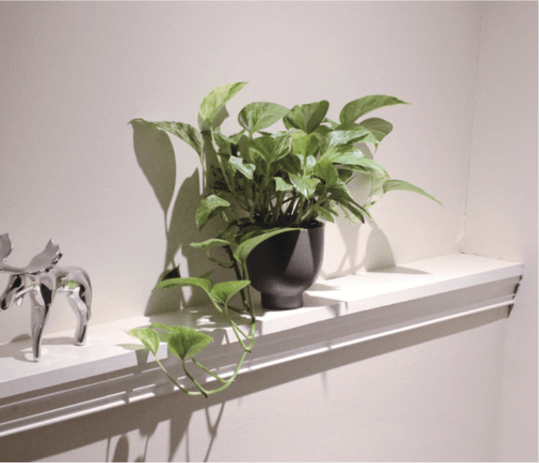
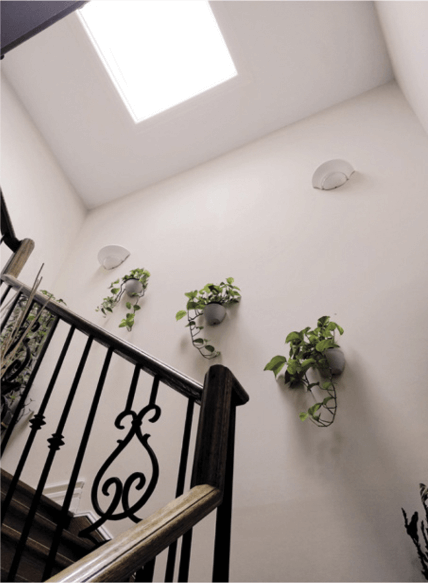
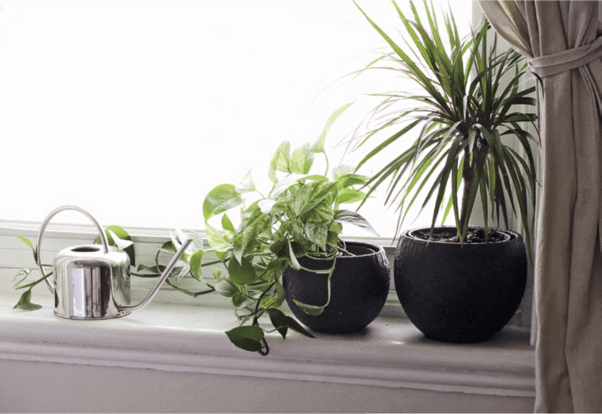
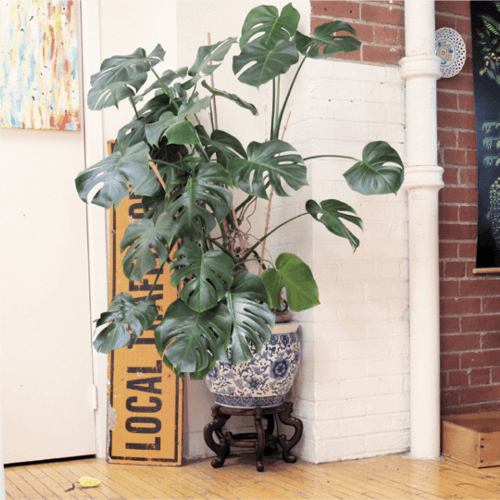
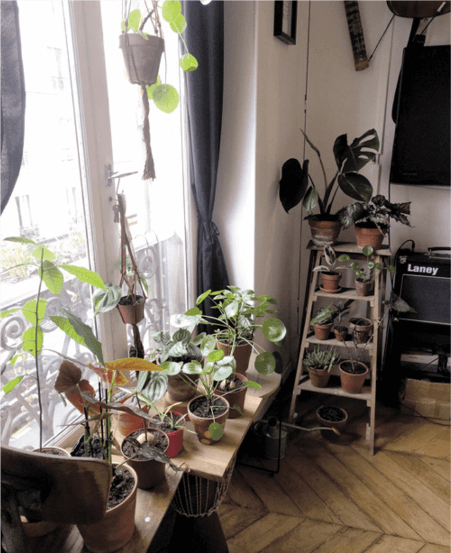
House-Plant Succession
The concept of succession typically refers to how different species of plants dominate a natural community—it could be a forest or a meadow—as it matures. We can think of cycles of house-plant ownership in a similar manner, where you work together with Mother Nature in your home.
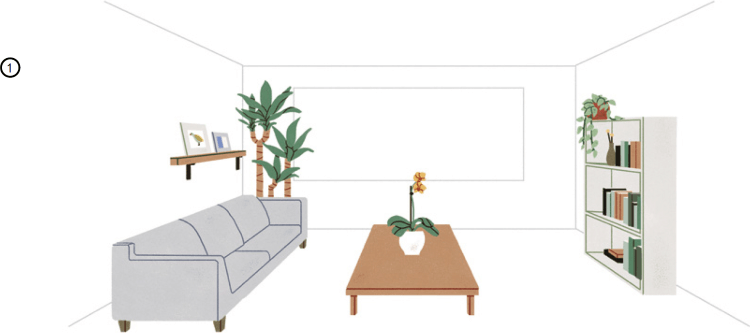
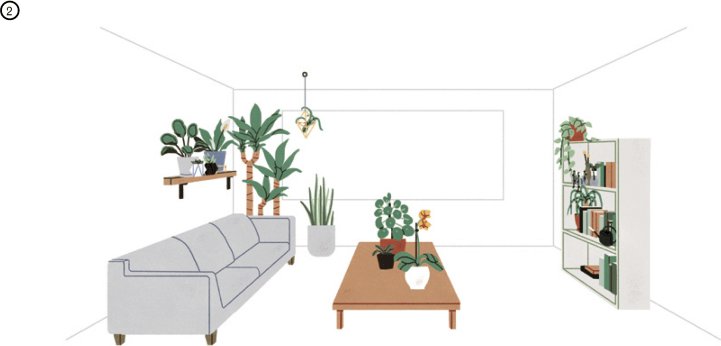
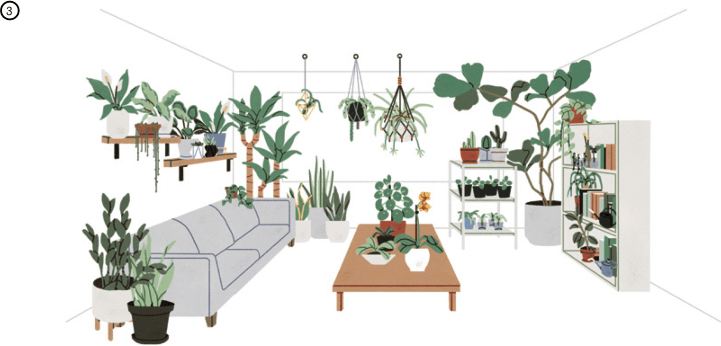
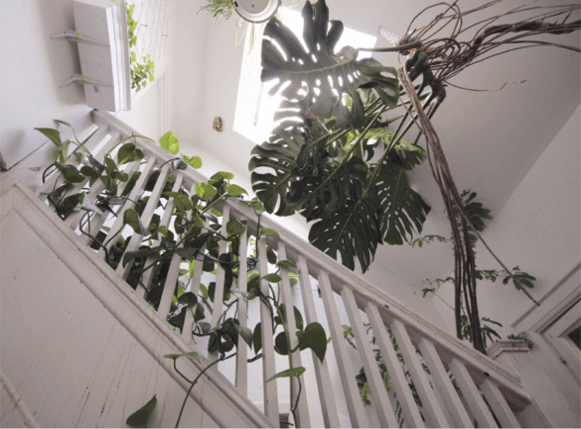
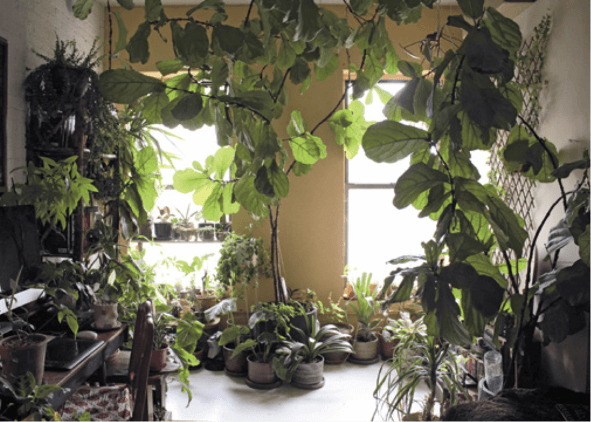
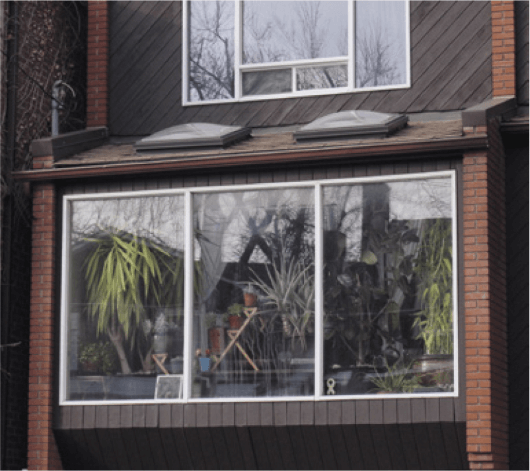
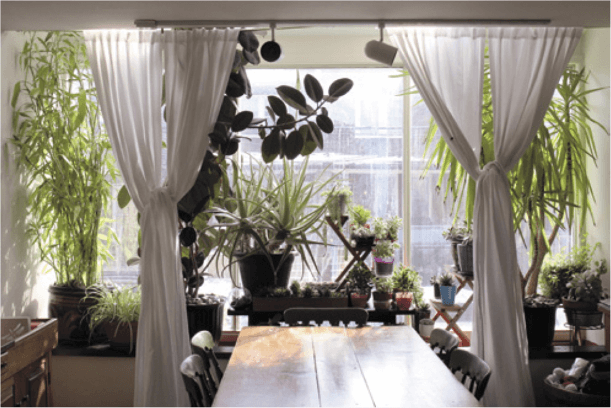
Styles of House Plants
People develop tastes in plants much as they do for different styles of music. I’m partial to tropical foliage, so tropical plants are mostly what you’ll find in the journal section of this book. But the sections that discuss plant-care fundamentals can be applied to all plants. Plants all have the same basic needs: the right kind of light, water delivered when needed, and soil management to ensure happy roots. Understanding these concepts will allow you to explore all kinds of plants. By approaching plant care in a holistic manner, you’ll develop the knowledge and confidence to observe how any plant responds to your home conditions and give it appropriate care, instead of feeling lost because you were not told the specific instructions for the plant.
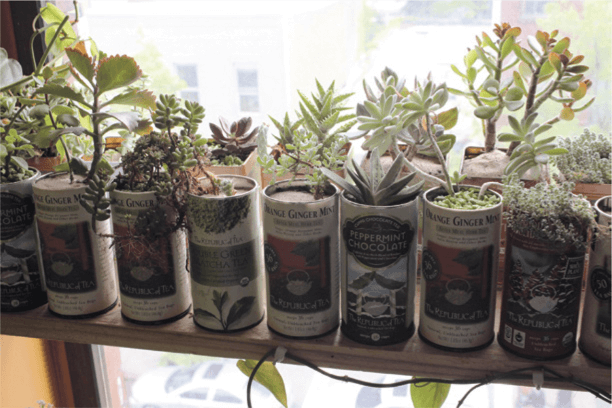
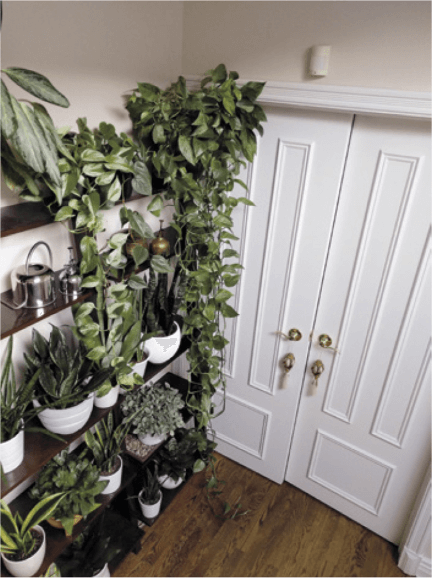
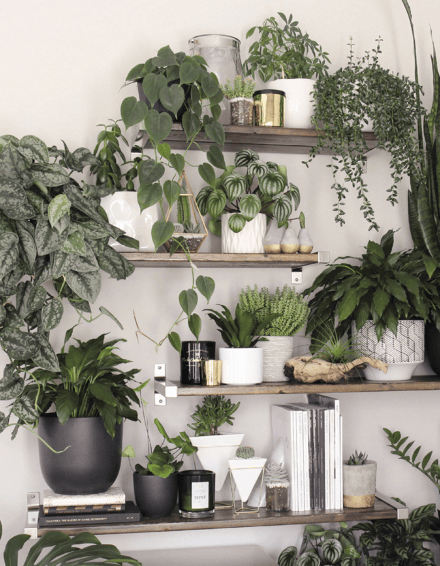
Tiếng Việt
Một ngôi nhà cho cây
Hãy lướt nhanh qua xem hai trong số các tài khoản được tuyển chọn giống cây trồng trong nhà lớn nhất trên Instagram, @urbanjungleblog và @houseplantclub. Bạn sẽ bị ấn tượng trước sự đa dạng của các giống cây phát triển tốt trong không gian nơi mọi người sinh sống. Họ truyền đạt sức sống và cảm giác về nơi này là lành mạnh. Và tôi nghĩ bạn có thể nhanh chóng nhìn thấy sự tương phản giữa không gian của người chăm sóc thực vật đích thực và kiểu không gian “hãy làm bừng sáng góc tối này bằng một cái cây”.
Làm thế nào? Bởi vì một cái cây trông ra sao là kết quả tự nhiên của môi trường đã cung cấp cho chúng. Đó là lý do tại sao thỉnh thoảng tôi rùng mình khi bước ngang qua một chậu trồng đầy các thứ cây nhìn bắt mắt trong trung tâm thương mại, dưới chỗ thang cuốn. “Về cơ bản, chúng được gửi đến đó để chết dần chết mòn”, người bạn chủ vườn ươm của tôi nói. Chìa khoá để cây thực sự thuộc về một không gian là chắc chắn rằng nó có đủ loại ánh sáng thích hợp.





Sự diễn thế của việc trồng cây trong nhà
Khái niệm điễn thế thường đề cập đến cách những loài thực vật khác nhau cai trị một cộng đồng tự nhiên – đó có thể là một khu rừng hoặc đồng cỏ – khi chúng lớn. Chúng ta có thể nghĩ về các chu kỳ sở hữu cây trồng trong nhà theo cách tương tự, nơi bạn làm việc cùng với Mẹ Thiên nhiên trong ngôi nhà của mình.







Phong cách của việc trồng cây trong nhà
Mọi người phát triển sở thích về thực vật cũng giống như họ làm với các phong cách âm nhạc khác nhau. Tôi thích những tán lá nhiệt đới, vì vậy hầu hết các loại cây nhiệt đới là những gì bạn sẽ tìm thấy trong phần tạp chí của ebook này. Nhưng những phần thảo luận về nguyên tắc chăm sóc cây trồng cơ bản có thể được áp dụng cho tất cả các loại cây trồng. Tất cả các loại cây đều có những nhu cầu cơ bản giống nhau: loại ánh sáng phù hợp, nước được cung cấp khi cần thiết và quản lý đất để đảm bảo bộ rễ khỏe mạnh. Hiểu những khái niệm này sẽ cho phép bạn khám phá tất cả các loại thực vật. Bằng cách tiếp cận việc chăm sóc cây trồng một cách toàn diện, bạn sẽ phát triển kiến thức và sự tự tin để quan sát cách bất kỳ loại cây nào phản ứng với điều kiện trong nhà của bạn và đưa ra biện pháp chăm sóc thích hợp, thay vì cảm thấy lạc lõng vì bạn không được hướng dẫn cụ thể về loại cây đó.



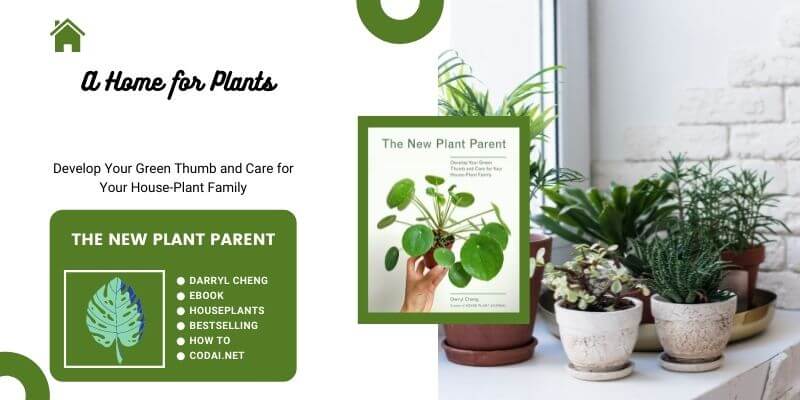



Comments are closed.